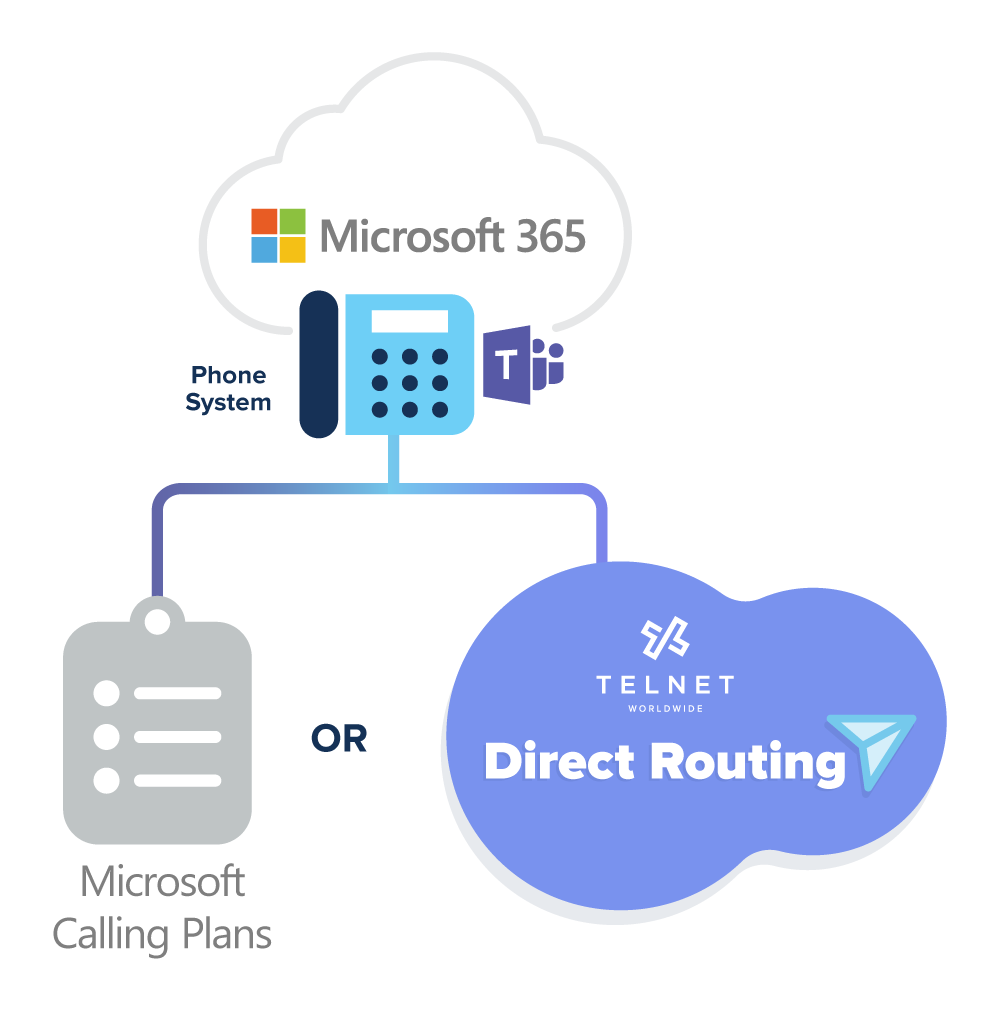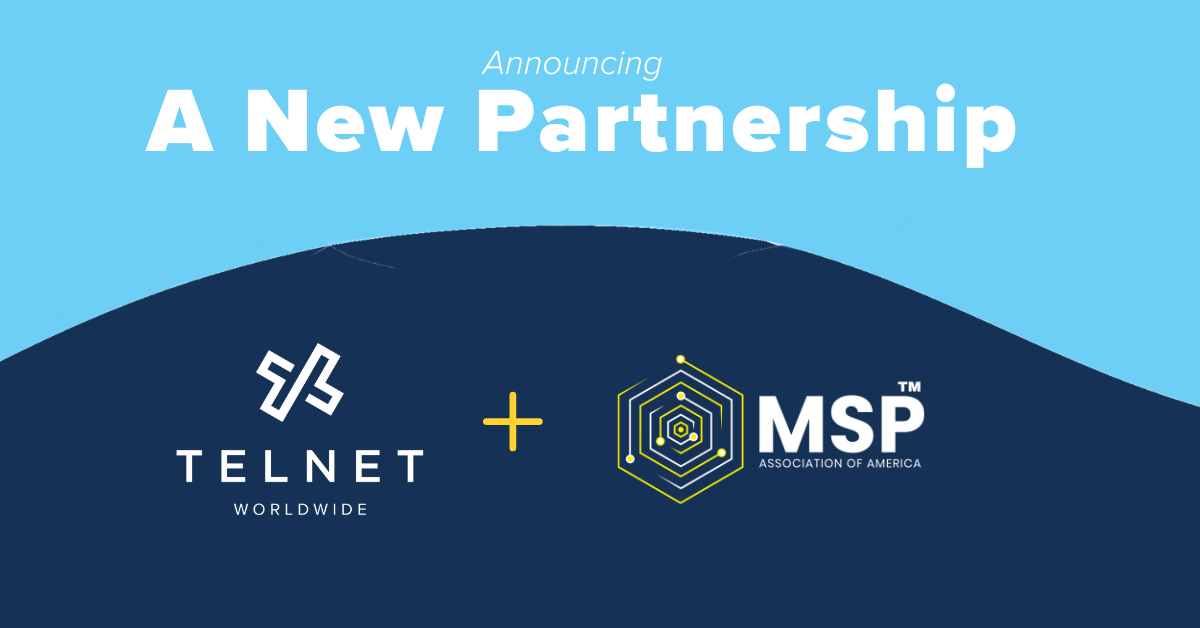Microsoft Teams is often thought of as a communication platform used primarily for internal purposes. It allows teams to communicate and collaborate with each other — share a file, send a chat, work on a document with a colleague. And it is excellent for internal collaboration. But most of us overlook its potential to replace our current telephony systems entirely.
You can actually eliminate your legacy PBX in lieu of Microsoft Teams; all you have to do is connect the platform to the Public Switched Telephone Network (PSTN).
In order to do so, you have two options: Calling Plans from Microsoft or Direct Routing from your favorite telecom provider. But how do you determine which option is right for you and your business? Don’t worry. We’ll get into it below.

Defining Calling Plans and Direct Routing
Calling Plans are the native solutions from Microsoft that allow organizations to add voice calling to their Microsoft 365 plans. You can consider them a business phone system that operates from the cloud. They allow you to connect on any device from any location.
Direct Routing functions in much the same way. It’s just another way to route your Teams calls to the PSTN, but rather than coming from Microsoft, Direct Routing is provided by a telecommunications provider, like TelNet Worldwide.
Let’s Compare the Two
Though they both function similarly, there are a lot of differences between these two options that are worth taking into account before making a decision.
Provisioning
As we mentioned before, Calling Plans come directly from Microsoft, meaning the software giant must assume the role of voice provider. Yes, they are a Goliath in the tech industry, but they have yet to gain a storied reputation for their voice service.
With Direct Routing, however, you get to choose a telco provider whose network is already optimized for voice workloads — presuming they offer the service. Aside from experiencing guaranteed voice quality, you can also skip the hassle of having your numbers ported (or of porting them yourself).
Administration
That’s right; if you’re planning on buying a Calling Plan, expect to port your numbers yourself. You’ll have access to the Microsoft 365 admin console, so provisioning users, assigning numbers and porting all of your existing numbers is all your responsibility.
Kicking off Direct Routing, on the other hand, involves no work on your part. We’ll port all of your numbers for you. (And if you’re already a customer, we’ll just reassign your numbers to a new Direct Routing trunk.) As a matter of fact, “installation” is completely virtual, so you don’t have to worry about additional equipment or significant downtime either (there is a very short window of downtime during the cut over — a few minutes at most).
But if you’re one of those system administrators hesitant to give up control entirely, no worries. Even with Direct Routing from TelNet Worldwide, you’ll still have access to our Service Management Portal so you can manage, route, report and view analytics whenever you’d like.
Support
We’ve all dealt with tech support before. You know how it goes. Endless queues, constant rerouting and hard-to-distinguish accents when you do finally get a human on the other line. And that’s what you get with Microsoft Calling Plans. With offshore service support and no device support, you’re going to end up frustrated at one point or another.
At TelNet Worldwide, we handle our customer support differently. All of our support staff is onshore — everyone’s located in Michigan, actually (hopefully you’re familiar with the Midwestern dialect). Plus, we’re available for assistance 24/7 so you never have to worry about being left on your own if something goes wrong.
Give Your Teams a Voice
Gone are the days of desk phones and monotonous cubicles. We’ve entered an era of cloud-based freedom, driven by a mobile, multi-generational workforce. For the thousands of organizations who’ve welcomed digital collaboration with Microsoft Teams, adding PSTN calling capabilities can only sweeten the deal.
Sure, there are technically two options. But if Direct Routing entails more flexibility, lower monthly costs and greater support than Microsoft Calling Plans, isn’t the choice obvious?
Give our Sales Team a call today, and we’ll show you what best-in-class voice service really means.




